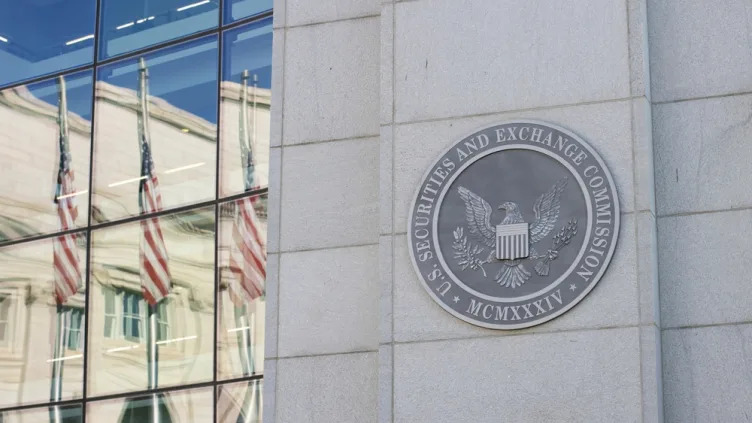As of January 3rd, Bitcoin’s total computing power securing the network has reached an impressive milestone. According to data from CoinWarz, the network’s hashrate has surpassed 1,000 exahashes per second (EH/s), nearly double its level 12 months ago. This significant increase in hashrate indicates that Bitcoin miners are investing more computational resources into the blockchain, thereby enhancing the network’s security.
A Brief Look at Bitcoin’s Hasrhate
In January 2024, Bitcoin’s hashrate hovered around 510 EH/s. However, as of this article’s publication, it had retraced to approximately 780 EH/s. This fluctuation is not unusual, considering the dynamic nature of cryptocurrency markets.
The Impact of the Halving on Miners
The April halving reduced mining rewards from 6.25 BTC to 3.125 BTC per block. Despite this reduction, miners have continued to expand their production capacities. In fact, according to CoinWarz data, Bitcoin’s rising hashrate is a testament to miners’ dedication and resilience in the face of headwinds.
Overcoming Challenges
In 2024, Bitcoin’s strong performance partially offset the negative effects of the halving on mining companies. Cash-heavy firms like Riot Platforms and CleanSpark managed to overcome these challenges by acquiring other miners with turn-key facilities, thereby increasing their near-term hashrate and power pipeline.
As JPMorgan noted in a research note shared with Cointelegraph: "Miners have also prioritized accumulating BTC on balance sheets." In December, JPMorgan raised price targets for four Bitcoin mining stocks to reflect the value of their electrical power assets and BTC holdings. This move is indicative of the growing recognition of the importance of having a strong balance sheet in this industry.
The Rise of Institutional Investors
Bitcoin’s rising hashrate and improved network security are particularly crucial as institutional investors pour capital into Bitcoin exchange-traded funds (ETFs) and other regulated cryptocurrency investment vehicles. In November, Bitcoin ETFs broke $100 billion in net assets for the first time, according to data from Bloomberg Intelligence.
As asset manager Sygnum expects this trend to accelerate in 2025, large institutional investors — including sovereign wealth funds, endowments, and pension funds — will likely add Bitcoin allocations to their portfolios. "With improving US regulatory clarity and the potential for Bitcoin to be recognized as a central bank reserve asset," Martin Burgherr, Sygnum’s chief clients officer, noted in a statement, "2025 could mark steep acceleration for institutional participation in crypto assets."
The Future of Cryptocurrency
As we look ahead to 2025, it is clear that the institutional investment dynamic will play an increasingly significant role in shaping the cryptocurrency market. With the recognition of Bitcoin as a central bank reserve asset on the horizon and regulatory clarity improving in key jurisdictions, the potential for institutional participation in crypto assets has never been more promising.
As we continue to navigate the complexities of this rapidly evolving landscape, one thing is certain: the future of cryptocurrency will be shaped by the growing influence of institutional investors. Whether or not these investors will drive growth and adoption remains to be seen, but one thing is clear – their presence will undoubtedly have a profound impact on the market.
Conclusion
Bitcoin’s hashrate reaching an all-time high of over 1,000 EH/s is a testament to the resilience and dedication of miners. As institutional investors continue to pour capital into Bitcoin ETFs and other regulated investment vehicles, it is clear that the cryptocurrency market will remain dynamic and unpredictable. However, with regulatory clarity improving and the potential for Bitcoin to be recognized as a central bank reserve asset on the horizon, one thing is certain – 2025 promises to be an exciting year for cryptocurrency enthusiasts.
Recommendations for Readers
For readers interested in staying up-to-date with the latest developments in the cryptocurrency market, we recommend following reputable sources such as CoinWarz and Bloomberg Intelligence. Additionally, considering investing in Bitcoin ETFs or other regulated investment vehicles may provide a unique opportunity to participate in the growing institutional investment dynamic.
Frequently Asked Questions
Q: What is Bitcoin’s hashrate?
A: The total computing power securing the network.
Q: Why is Bitcoin’s hashrate important?
A: It indicates the level of security and stability within the network.
Q: How does the halving affect miners?
A: Reduced mining rewards from 6.25 BTC to 3.125 BTC per block.
Q: What is an exchange-traded fund (ETF)?
A: A regulated investment vehicle that tracks the performance of a specific asset or index, such as Bitcoin.
Q: Who are institutional investors?
A: Large organizations, including sovereign wealth funds, endowments, and pension funds.



